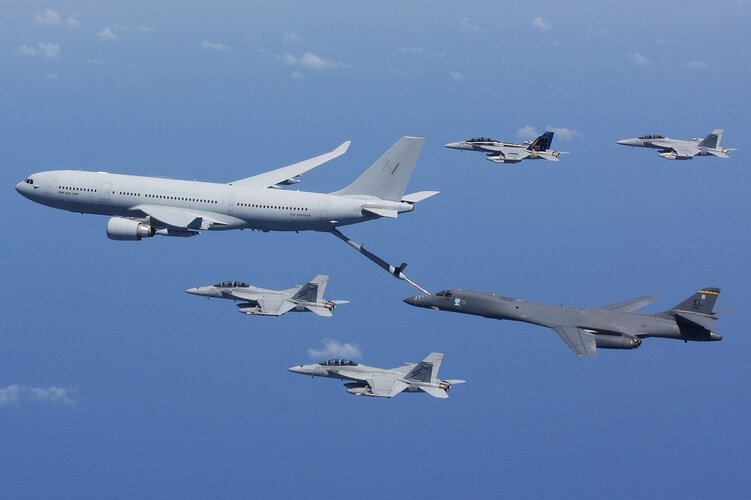FighterJock
ACCESS: Above Top Secret
- Joined
- 29 October 2007
- Messages
- 5,594
- Reaction score
- 5,914
boo, if only the USAF was like the USN and went with the probeFrom last year, the Category 1 deficiencies:just catching up to the tanker drama..
how different is the KC-46 from the KC-767 which was already being operated by Japan and Israel? I'm just trying to understand why there's so much trouble over this when its a pre-existing design.
There's also been work quality issues with the production line.The tanker’s remote vision system or RVS — the camera system that allows KC-46 boom operators to steer the boom into a receiver aircraft without having to look out a window and use visual cues — provides imagery in certain lighting conditions that appears warped or misleading. Boeing has agreed to pay for potentially extensive hardware and software fixes, but the Air Force believes it will system won’t be fully functional until 2023-2024.
The Air Force has recorded instances of the boom scraping against the airframe of receiver aircraft. Boeing and the Air Force believe this problem is a symptom of the RVS’s acuity problems and will be eliminated once the camera system is fixed.
Boeing must redesign the boom to accommodate the A-10, which currently does not generate the thrust necessary to push into the boom for refueling. This problem is a requirements change by the Air Force, which approved Boeing’s design in 2016. Last year, Boeing received a $55.5 million contract to begin work on the new boom actuator
“The KC-46 fuel system is equipped with redundant protection for fuel containment. In some cases with this issue, aircraft maintenance crews are finding fuel between the primary and secondary fuel protection barriers within the system,” the company said in a statement.
The export KC-767s don't have RVS and don't have to worry about refueling A-10s.
Anyone got any ideas as to why the USAF went with the flying boom method of air to air refuelling instead of the more popular probe and drogue that the rest of the world uses?












